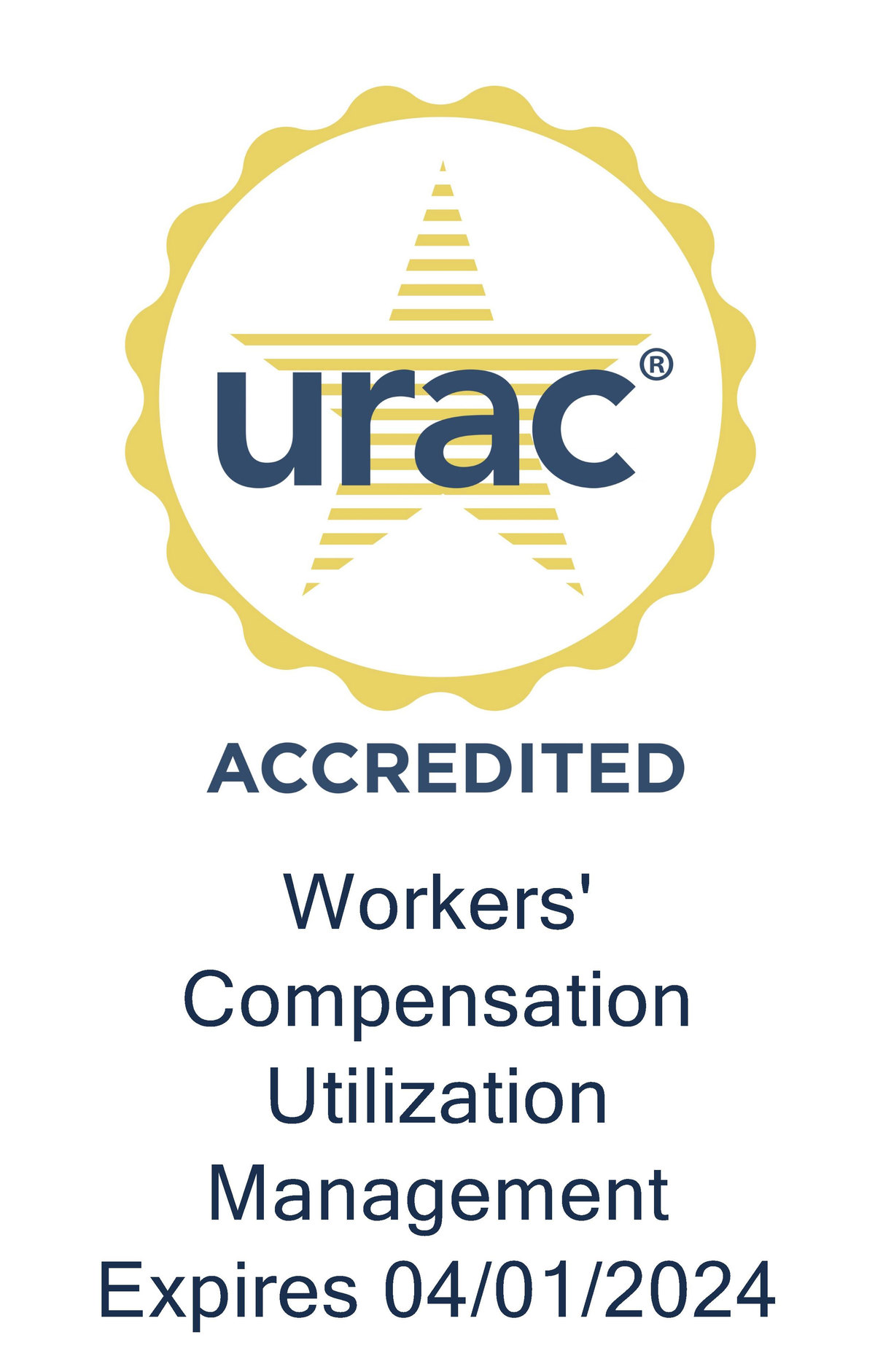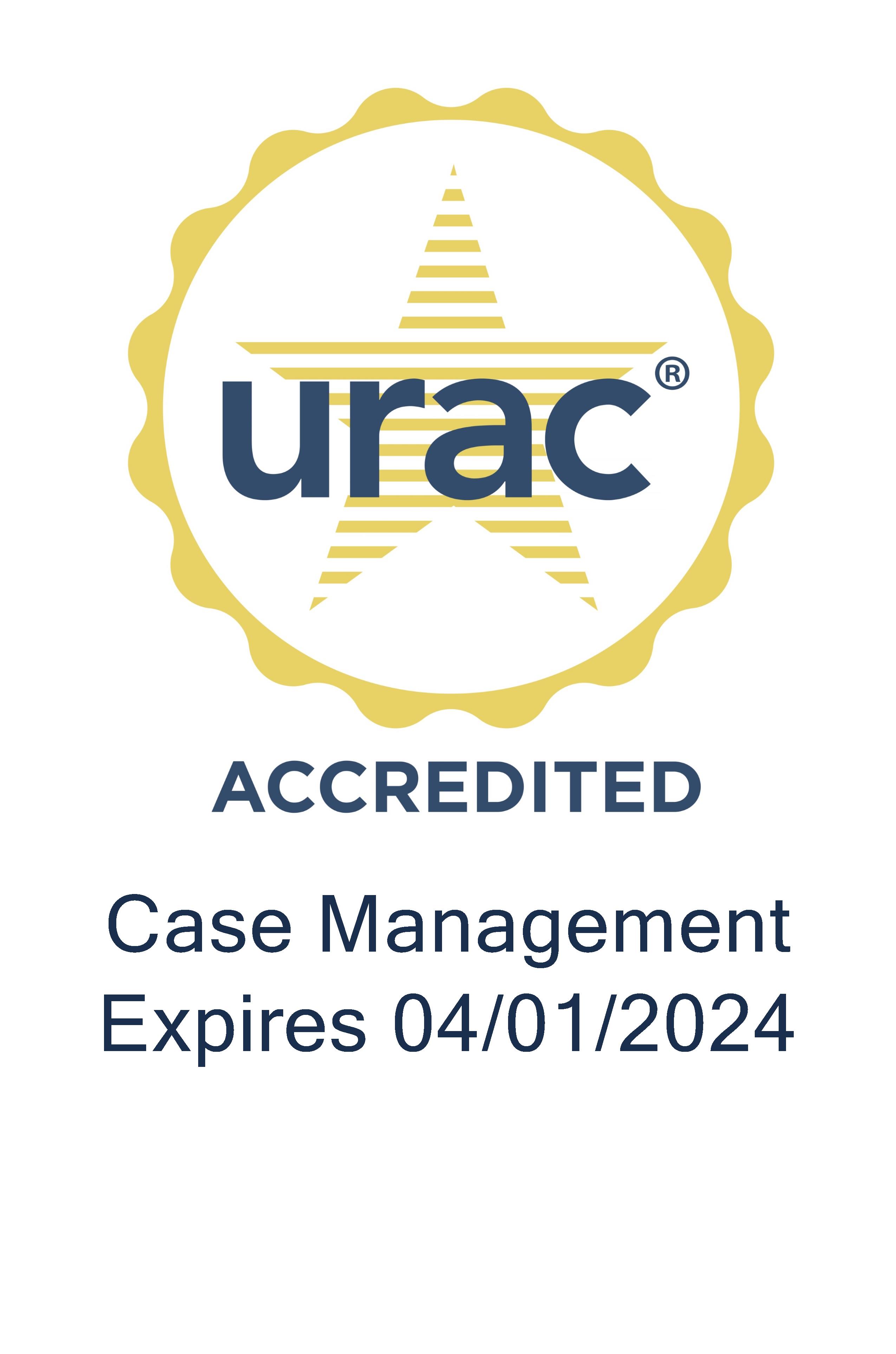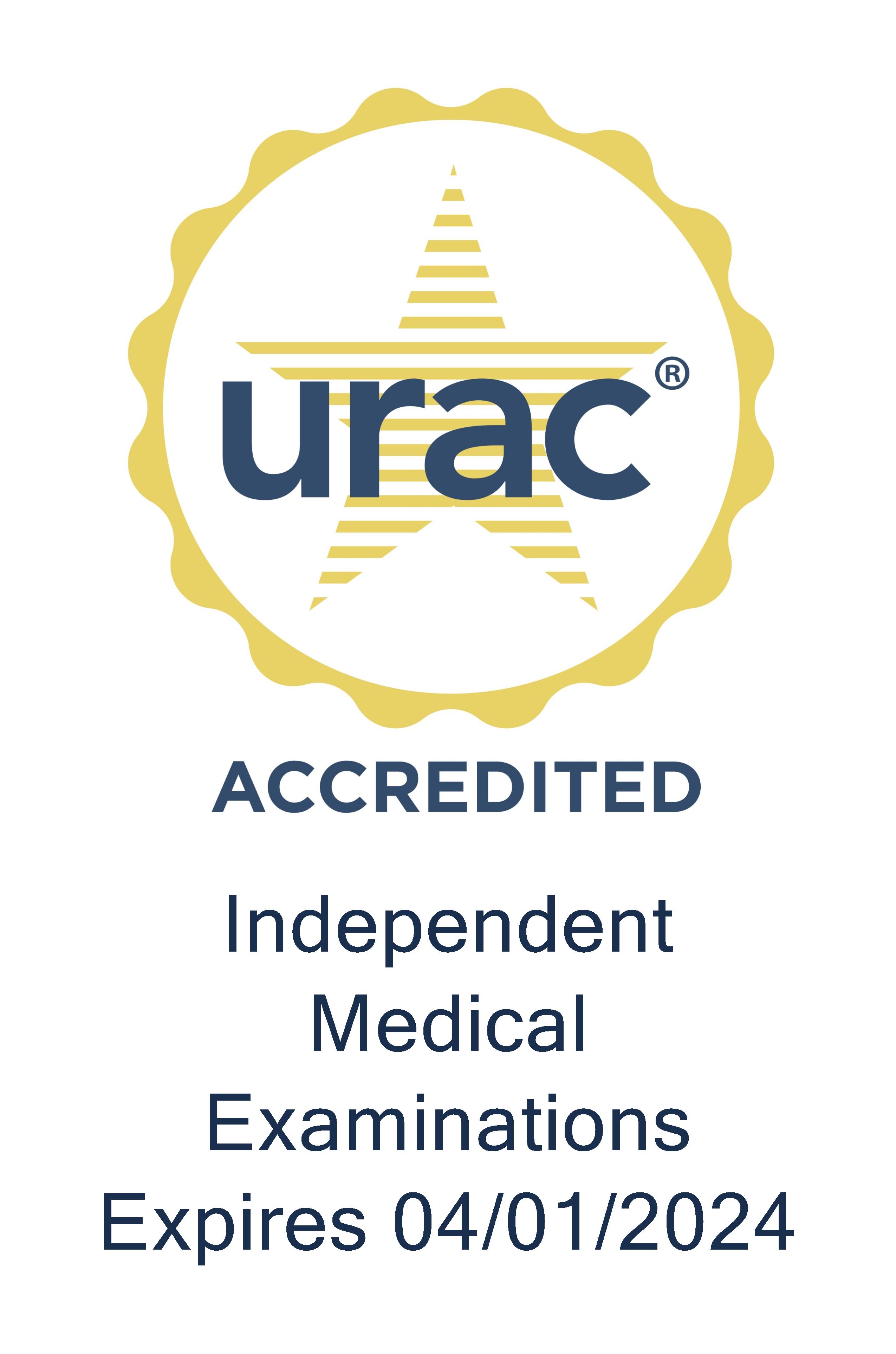Over the past month, health care professionals have looked to the CDC and WHO for guidance on how to best treat the evolving coronavirus pandemic. However, for workers’ comp professionals, very few guidelines focus on specific issues that are most pertinent to their industry and the needs of injured employees. In today’s Inside Workers’ Comp, Leanne Bronold, clinical guidelines manager at Genex Services, informs us of her team’s development of such an important guidance tool.
Tom Kerr (TK): Leanne, thanks for joining us.
Leanne Bronold (LB): Thank you. I’m looking forward to talking with you today.
TK: Let’s start with this. When and why did your team decide to create guidelines for COVID‑19?
LB: Well, as part of the Genex clinical guidelines team’s commitment to staying abreast of current medical trends, any changes in industry standards, or emerging health issues, we receive updates from a variety of professional and governmental sources.
On Jan. 8, I received a health advisory for the first time from the CDC regarding an outbreak of pneumonia, at that time of unknown etiology, in Wuhan, China. So, by Jan. 17, the CDC had identified it as a novel coronavirus. And then by Jan. 27, they had sent information regarding interim guidance for the outbreak of coronavirus.
So, I was monitoring that information, and my team and I shifted focus. And by the time the Health and Human Services Secretary declared a United States public health emergency on Jan. 31, our coronavirus guideline was in development.
Our intent was to arm our nurses and physicians with information so they would be prepared to deal with any coronavirus‑related cases. This guideline was completed and published by Feb. 13 which really is a remarkable turnaround time. At a minimum, our new guidelines often take three months.
But by the 13th, when we were publishing this guideline, we knew this was a rapidly evolving situation, which we now continue to monitor closely. We have updated this guideline four times since then.
TK: Wow. So, you’ve been involved in developing these guidelines very early, but at the beginning, there wasn’t the amount of information on COVID-19 as there is today. So what reports, guidelines or updates did you use in developing them?
LB: For the coronavirus guideline and all our guidelines, they are created and revised through comprehensive, ongoing medical literature review. Genex guidelines are based on recognized medical evidence found through the literature searches. We give preference to evidence‑based studies, randomized control trials, and meta‑analysis content.
In the case of the coronavirus, we searched nationally recognized professional organizations such as the American Medical Association, the Infectious Diseases Society of America, and then, of course, the US government sites such as the CDC and FDA, played heavily into it. And we also reviewed and pulled information from the World Health Organization.
Normally, for other guidelines we would use textbooks, but there’s minimal information on this particular virus in texts at this point. But, once we got a draft ready, we have an internal team of physician advisors, including our Genex medical director, who provides feedback based on their medical expertise.
Then we send the final draft out for outside review by physician‑matched specialists. We also rely on their in-depth review and feedback. In the case of the coronavirus guideline, we sent it to an infectious disease specialist as well as a pulmonary specialist.
TK: So, how are your guidelines different from other major COVID guidelines that are out there such as CDC, World Health Organization, etc.?
LB: Well, currently for the coronavirus guideline, we’re compiling information from the CDC, the World Health Organization, as well as federal and state responses and recommendations. The guidelines team is scouring for any available clinical studies, which there are many, that are underway. We just don’t know the results at this point, but we are making an effort to monitor and include those as well. There’s a lot of information out there and our coronavirus guideline is presented in a clear, concise format. As I mentioned, we continually update as new information is obtained.
Our goal is to provide our staff with an up‑to‑date, accurate overview of this ever‑evolving illness to ensure their understanding of prevention, diagnostics, and treatment recommendations.
Also included in the guideline are direct links to the CDC. The CDC offers specific information for a variety of groups such as airline crews, first responders, health care workers. This interim guidance information is sometimes hard to drill down, but within our guidelines, we offer the direct links to these. And this allows the nurses to go directly to these sources with minimal time and effort.
TK: So, which workers’ comp professionals would benefit most from using the COVID guidelines?
LB: Well, Genex Services is committed to providing their professional clinical staff with the necessary tools to optimize their performance and improve patient outcomes. So, our clinical guidelines is one of the most impactful tools we provide to our staff to enhance our case management and utilization management services.
I’ve mentioned before, it’s a quick, very user‑friendly resource for busy professionals. Our guidelines are also being used more and more by our utilization management nurses and physicians as a secondary resource, particularly when there’s a lack of clinical information on a medical topic in other guidelines.
Recently, our UR clinical director gave me some feedback on our coronavirus guideline. And he stated that it’s going to be invaluable in the weeks and months to come. A lot of the information that we have given to the case managers in protecting themselves and keeping safe has been based on information from our guideline.
And then, we also have claims examiners. We have various customers whose internal nurses and claims adjusters use our guidelines as well. They’re very straightforward. Medical terms are explained. So, it’s very easy for a claims examiner to utilize our guidelines and be prepared for the injured worker’s recovery.
TK: How do case managers use the guidelines when they’re working with injured employees?
LB: Well, the case managers are able to prepare themselves with an overview of whatever the illness or injury is. They can proactively familiarize themselves with information on subjective and objective signs and symptoms. They can be prepared for the initial evaluation process.
The diagnostic testing section contains information on radiology and laboratory testing. It’s all in one section. It’s all possible testing that may be needed, and it includes information about each test and appropriate time frames for the testing, so that’s a particularly helpful section.
The nurses can set their goals by utilizing the guidelines. We include treatment goals and return‑to‑work goals within the guideline. And again, to anticipate recovery needs, we have information on durable medical equipment and which care setting is needed. Prognosis and complications are included as well.
TK: In developing the guidelines, where did you foresee the biggest need for this tool would be in managing workers’ comp cases?
LB: Well, initially, we thought we would see cases related to the travel industry, whether it’s airlines or businesses that travel overseas.
So, that’s where we thought we would see the surge. So, of course, we have expanded this so much more and we were very grateful that we reworked our plans and got on top of this as quickly as we did.
TK: As far as updating the guidelines, are there certain announcements or medical reports that you look for that would necessitate an update?
LB: Some of the updates have centered around announcements of when it’s escalated, and the announcement came out that it was now a pandemic.
Other updates had to do with treatment as various medications were recommended and, when testing started on the medications, we added those to our guidelines. The testing for COVID‑19 has evolved since this all began. So, we’ve added information each time we get new testing available.
And then, of course, this last time they’ve made the change in the recommendation for the mask use. So, we added that. And, of course, each time the numbers and the areas of epidemic change we make those changes with each publish.
TK: So, how can workers’ comp professionals gain access to the guidelines?
LB: During the coronavirus crisis, a 30‑day trial is being offered to our customers upon request. This trial can be made available to one or two key persons within their company so they can access the coronavirus guideline. During that trial period, they’re welcome to view and use any of our other guidelines as well. And, any customer that’s interested should contact their Genex account manager.
TK: Great. Thank you. And what does your team have planned for future guidelines tied with COVID-19?
LB: I wanted to take the opportunity to point out that coronavirus is just one of 340 proprietary guidelines. The majority of our guidelines are occupational injuries or illnesses such as low back pain or Lyme disease. We have non‑occupational conditions which address comorbidities, such as diabetes.
And then 150 of those 340 guidelines are procedure necessity guidelines. A guideline we published on Jan. 1 was telehealth, and it has turned out to be very timely as telehealth has become highly encouraged for both routine medical care and care associated with COVID‑19. We have updated our telehealth guideline with information on COVID‑19.
To give you some perspective, normally when we update and publish a guideline, it sunsets two years from that date. So, typically, our guidelines undergo a comprehensive update every two years.
So, the fact that we are just touching this constantly really is very unusual but it’s necessary and we intend to continue updating this guideline when we need to.
TK: Thanks, Leanne, for all the hard work you and your team have put into developing these important guidelines. We’ll be back soon with another Inside Workers’ Comp, but until then, please stay safe and thanks for listening.






